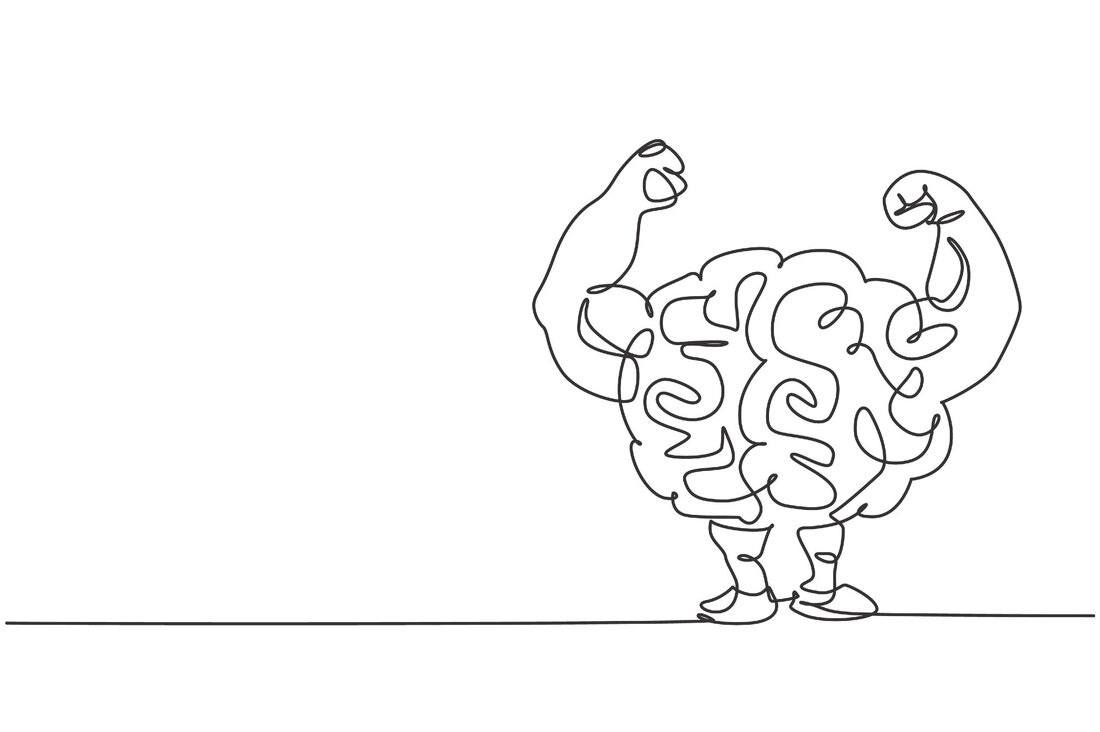According to the study, brain dynamics and BMI are linked to the success of a diet
New study examines connection between brain dynamics and BMI with diet success. Learn more about the role of mind and body in diet patterns.

According to the study, brain dynamics and BMI are linked to the success of a diet
In a study recently published in the journalPNASResearchers used a gradient approach to examine how changes in brain state during routine (natural) and regulated dietary decision-making processes influence the success of dietary change attempts. They are also studying the role of body mass index (BMI) and the extent of changes in brain activity in this success. Their results show that BMI plays a significant role in observed nutritional outcomes, with higher BMI leading to lower success rates. The number and extent of brain changes were also found to be significant, with fewer and smaller reconfigurations producing better results than more extensive changes.
The Role of Mind and Body in Adhering to Diet Patterns
Chronic diseases, including cancer and cardiovascular diseases (CVDs), are among the most persistent health challenges in the world today. Their increasing prevalence is mainly due to poor health behaviors such as irregular sleep and suboptimal nutrition. Obesity and overweight are particularly concerning. There are reportedly more than a billion patients worldwide. Estimates suggest that 18% of the world's population will suffer from this disease by 2025.
Fortunately, the global population appears to have become aware of these pressing issues, fueling the increasing popularity of healthy, predominantly vegetarian diets (e.g. Mediterranean diet and DASH) and fitness routines. In America alone, more than 40% of the population is reported to be making active attempts to lose weight. Unfortunately, the results of these nutrition and fitness interventions remain surprisingly heterogeneous - some individuals show remarkable weight loss, while others' attempts fail.
Recent neuroimaging studies have attempted to shed light on these inconsistencies and have so far identified numerous brain areas that are consistently activated during attempts to regulate food, including the supplementary motor cortex, the dorsolateral prefrontal cortex, and the anterior insula. However, attempts to establish reproducible connections between these activation centers and individual differences in regulatory success remain confusing. The complexity of food choice and its relationship to individual preferences has been suggested as a possible reason for these observations. However, this still needs to be verified in a scientific context.
About the study
In the present study, researchers aim to find out whether measuring the dynamic reconfiguration of large neural networks, which are essential for cortical organization, can help predict the success of nutritional regulation. Specifically, they are testing whether weight metrics (e.g. body mass indices [BMIs]) and the extent of neural network reconfigurations required (number and extent) could determine whether a person will be more or less successful when trying to lose weight through dieting.
The study sample cohort included data from 137 volunteers with a BMI <35 who had participated in three previous dietary choice studies. Exclusion of individuals with missing BMI data (N = 4) and outliers (N = 10) resulted in a final data set of 123 participants (84 females) aged between 20 and 33 years. Data collection included participants' sociodemographic, anthropometric and medical records. The experimental design of the study involved the presentation and implementation of a “well-established laboratory food choice task” that took into account individual preference for food images. The data of interest included functional magnetic resonance imaging (fMRI) of participants' brains during the eating task.
"Participants made their food choices under three different conditions, implemented in separate blocks of tasks. In Studies 1 and 3, participants made their decisions while being asked to focus on the foods' taste (taste focus condition, TC), health (health focus condition, HC), or as they would naturally (natural conditions, NC) served as the basis for representing each participant's natural food decision-making processes. The participants in the study 2 also completed the HC and natural conditions (NC), but were instructed to distance themselves from these food cravings in a third condition (Distance, DC).”
To compare and contrast brain images under natural conditions (NC) and health-oriented conditions (HC), neural general linear models (GLMs) were developed. These GLMs were coded to identify brain states associated with either disorder (NC or HC). They included two regressors of interest per functional run (one run per each of the three trials) and eight regressors of no interest. The resulting output represents participants' brain states in different dietary contexts (natural vs. regulated).
"Gradients quantify key topographical principles of macroscale organization of the brain (12). Brain regions that are more similar in the feature of interest occupy similar positions along a major axis of variance (gradient)."
Finally, the researchers created and tested brain gradient maps (major dimensions of brain variation) for each participant and then projected task-based brain states onto this gradient space, thereby elucidating the intrinsic coordinate system of neural organization.
Study results and conclusions
The present study provided three new insights into the relationships between an individual's weight and their neural predisposition and the success of dietary weight loss measures. First, people who need less
Sources:

 Suche
Suche
 Mein Konto
Mein Konto
